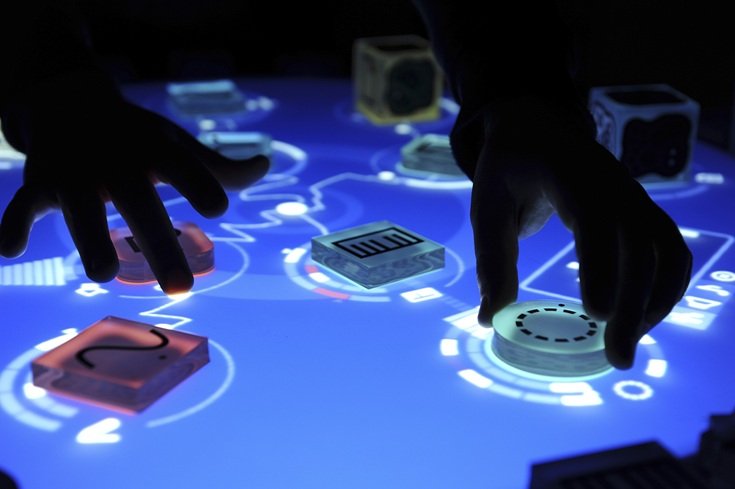We often focus on outcomes, odds, or features when choosing a game. But what many don’t notice is how much the interface — color, motion, sound — affects our choices before we even start playing. It’s not accidental. It’s designed to do the work silently.
Why Visual Simplicity Builds Trust Faster Than Features
Before a player makes a single move, the interface has already made an impression. Clean visuals, steady animations, and intuitive layouts make users feel comfortable — even before they know the rules. It’s psychological. Our brains relax when information feels organized.
That’s why platforms built around smooth mobile design, like https://pari-bet-mobile.com/, perform so well with returning users. It’s not just what the games offer — it’s how the experience feels from the first tap. If a screen loads fast, buttons respond cleanly, and navigation makes sense without thinking, the player stays focused. Not distracted. Not frustrated. Just present.
A good interface disappears. That’s the goal. You don’t notice how good it is — only that you’re fully engaged.
Sound Cues and Micro-Movement: Emotional Triggers in Design
It’s not just visuals that affect us. Sound plays a bigger role than we realize. A soft click when a button’s pressed. A quick chime for a small win. A rising tone as the suspense builds. These cues are tiny, but they shape the emotional rhythm of play.
Micro-animations work the same way. A spinning reel that slows just slightly before stopping. A glow that trails behind a winning symbol. These aren’t just polish — they signal importance. And they keep their attention anchored to the screen at just the right moment.
Together, sound and movement control pacing. They keep the player calm when needed, alert during decision points, and emotionally satisfied when the result lands. That’s not a chance. It’s carefully tested psychology, delivered in milliseconds.
Attention Span and the Feel of “Flow”
When a digital experience is well-structured, players enter what’s known as a “flow state” — full focus, no distractions, no second thoughts. But flow only happens when the interface stops demanding effort. If buttons are hard to find or the screen feels cluttered, your mind resists. You’re pulled out of the moment.
Mobile-optimized platforms understand this deeply. They reduce everything to essentials: clear calls to action, minimal text, and immediate feedback. No tutorial is needed. Just touch and play. That ease doesn’t just make a game feel better — it extends attention span. What might’ve been one quick spin becomes a session of five, seven, ten quiet minutes of engagement.
And in those minutes, the mind isn’t multitasking. It’s fully present. Focused not on the screen’s complexity but on the feeling of interaction.
Why Time-Aware Design Builds Long-Term Loyalty
Not all attention is equal. Some platforms aim to capture it at any cost — using autoplay features, endless loops, or complicated menus that keep users from leaving. But good design takes a different approach: it respects time instead of consuming it.
Games that feel easy to enter and just as easy to leave give users a rare advantage — control. When players can pause without penalty, switch smoothly between games, or return later without disruption, the experience feels cooperative, not manipulative.
That kind of freedom builds comfort. Comfort builds trust. Over time, players don’t return because they’re nudged to — they come back because the experience treated them fairly. In environments built for speed and simplicity, it’s not flashy rewards that leave a mark. It’s how the game handled the player’s time — clearly, calmly, and on their terms.
Conclusion: Design Isn’t Decoration — It’s Direction
Every tap, every swipe, every sound — it all guides the user, whether they notice it or not. Great design doesn’t distract. It focuses. It doesn’t shout for attention. It quietly earns it.
In mobile gaming, where attention is short and expectations are high, the interface does more than carry content. It sets the mood, pace, and confidence of the player. It decides whether a moment feels frustrating or fluid.
And the best part? You don’t need to notice it’s happening. You just need to feel like you’re exactly where you’re supposed to be — doing something simple, focused, and satisfying. That’s what good design does. Silently.




